Are you searching for the best trading strategy for EUR/USD in 2024? Look no further! This comprehensive guide will reveal the most effective forex strategy for the world’s most traded currency pair. The EUR/USD market offers immense potential for profits, but success requires a well-crafted approach. In this article, we’ll explore the ultimate EUR/USD trading strategy that combines technical analysis, fundamental research, and risk management to help you maximize your returns. Whether you’re a novice trader or a seasoned pro, these insights will elevate your forex game and set you on the path to consistent profits in the dynamic EUR/USD market.
Understanding the EUR/USD Pair
Before diving into the best trading strategy for EUR/USD, it’s crucial to understand the characteristics of this currency pair:
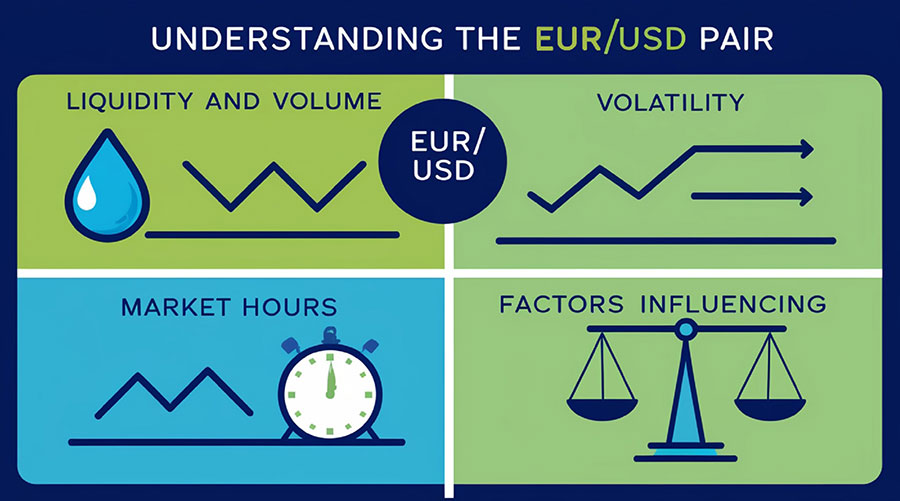
Liquidity and Volume
The EUR/USD is the most liquid and heavily traded currency pair in the forex market. This high liquidity offers several advantages:
- Tighter spreads
- Easier entry and exit of positions
- Reduced slippage
Volatility
While generally less volatile than exotic pairs, EUR/USD still offers ample opportunities for profit. Key economic releases and geopolitical events can trigger significant price movements.
Market Hours
The EUR/USD pair is actively traded 24 hours a day, five days a week. However, the most volatile periods often occur during the overlap of European and American trading sessions.
Factors Influencing EUR/USD
Several key factors impact EUR/USD price movements:
- Economic indicators (GDP, inflation, employment data)
- Central bank policies (ECB and Federal Reserve)
- Political events and geopolitical tensions
- Global risk sentiment
- Interest rate differentials
Understanding these factors is essential for developing a comprehensive trading strategy.
The Ultimate EUR/USD Trading Strategy
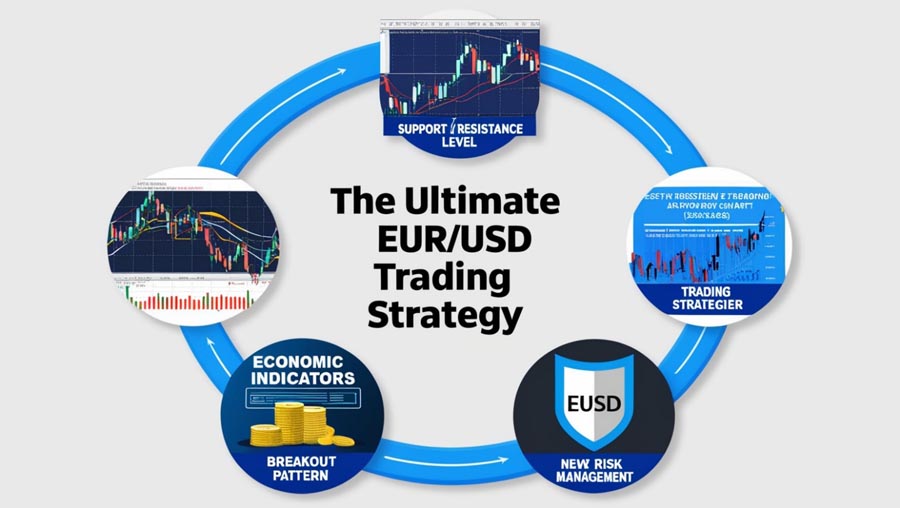
Now, let’s delve into the best forex strategy for EUR/USD:
Trend-Following with Moving Averages
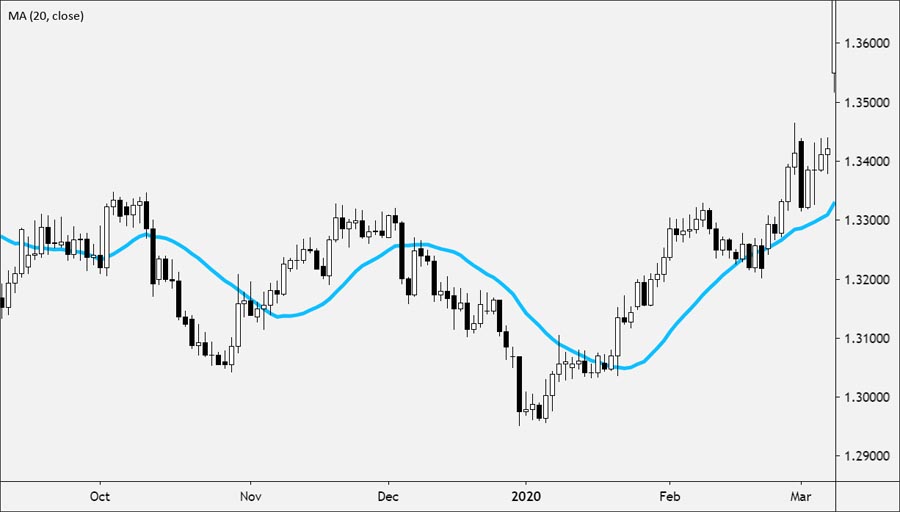
Trend-following is a cornerstone of successful EUR/USD trading. Here’s how to implement it:
Setup:
- Apply a 50-period Exponential Moving Average (EMA) and a 200-period EMA to your chart.
- Use a 4-hour timeframe for optimal results.
Strategy:
- When the 50 EMA crosses above the 200 EMA (Golden Cross), consider long positions.
- When the 50 EMA crosses below the 200 EMA (Death Cross), look for short opportunities.
- Confirm trends with price action and other indicators.
Fine-tuning:
- Use the ADX (Average Directional Index) to gauge trend strength.
- Consider adding a 20-period EMA for short-term trend confirmation.
- Implement a trailing stop strategy to protect profits in strong trends.
Support and Resistance Trading
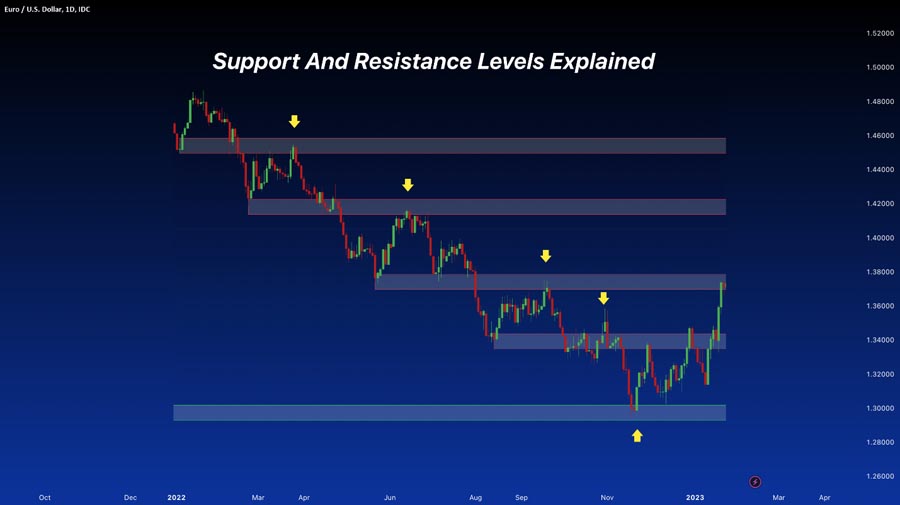
Identifying key support and resistance levels is crucial for timing entries and exits:
Setup:
- Mark significant swing highs and lows on your chart.
- Use horizontal lines to highlight these levels.
Strategy:
- Look for bounces off support or resistance levels.
- Enter trades when price rejects these levels with confirming candlestick patterns.
- Set stop-losses just beyond the support or resistance level.
Advanced techniques:
- Incorporate pivot points for additional support and resistance levels.
- Use Fibonacci retracements to identify potential reversal zones.
- Consider using volume profile to confirm strong support and resistance areas.
Breakout Trading
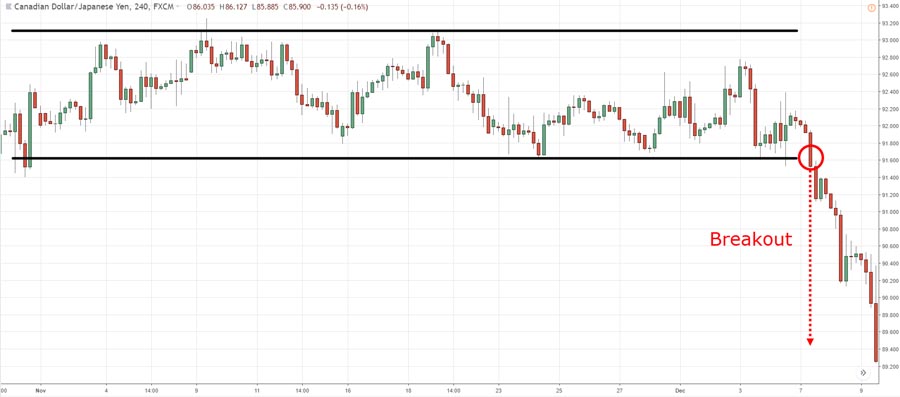
Capitalize on strong momentum moves with this breakout strategy:
Setup:
- Identify consolidation patterns like triangles, rectangles, or flags.
- Draw trendlines to outline the pattern.
Strategy:
- Enter trades when price breaks out of the pattern with increased volume.
- Set a stop-loss at the opposite side of the pattern.
- Target a profit of at least 1:2 risk-reward ratio.
Enhancing breakout trades:
- Use the Average True Range (ATR) to set appropriate stop-loss and take-profit levels.
- Implement a time-based exit strategy for failed breakouts.
- Consider using pending orders to automate breakout entries.
Fundamental Analysis Integration
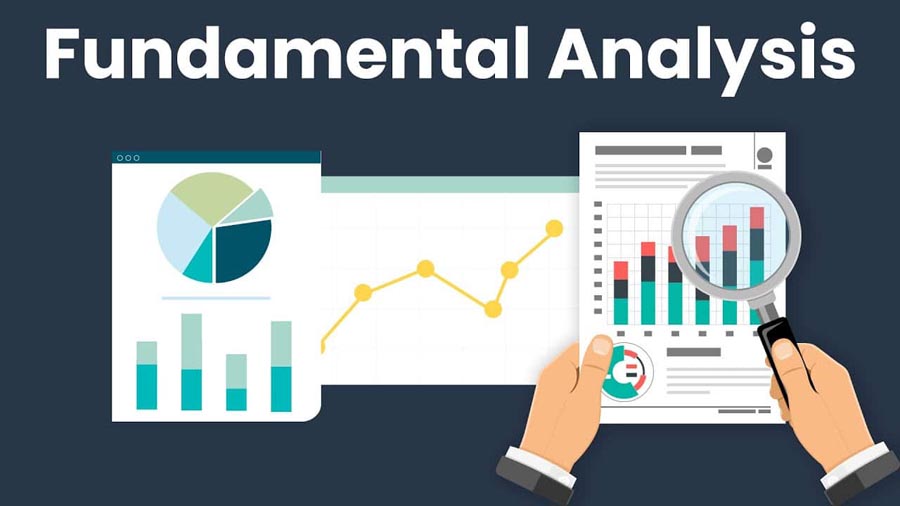
Combine technical analysis with fundamental factors for a comprehensive approach:
- Monitor economic calendars for high-impact events affecting EUR and USD.
- Pay attention to interest rate decisions, GDP reports, and employment data.
- Adjust your trading bias based on long-term fundamental trends.
Fundamental analysis tips:
- Develop a fundamental scoring system to quantify economic strength.
- Create a fundamental heat map to visualize economic data trends.
- Use sentiment indicators to gauge market expectations for key events.
Risk Management
Implement strict risk management to protect your capital:
- Never risk more than 1-2% of your account on a single trade.
- Use stop-losses on every position.
- Consider trailing stops to lock in profits on winning trades.
- Maintain a positive risk-reward ratio, aiming for at least 1:2.
Advanced risk management techniques:
- Implement a tiered position sizing strategy based on conviction levels.
- Use options or futures to hedge forex positions during high-volatility events.
- Develop a drawdown recovery plan to manage losing streaks effectively.
Advanced Techniques for EUR/USD Trading
To further refine your strategy, consider incorporating these advanced techniques:
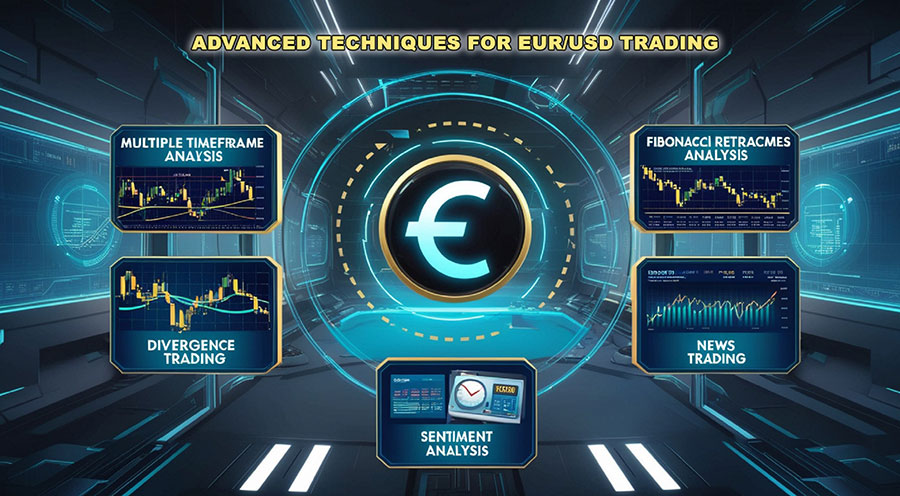
1. Multiple Timeframe Analysis
Analyze the EUR/USD pair across different timeframes to confirm trends and identify optimal entry points:
- Use a daily chart for overall trend direction.
- Zoom in to 4-hour and 1-hour charts for entry signals.
- Consult 15-minute charts for precise entry timing.
Tips for multiple timeframe analysis:
- Align trades with the higher timeframe trend for increased probability.
- Use lower timeframes to fine-tune entries and reduce risk.
- Develop a systematic approach to integrating multiple timeframe signals.
2. Fibonacci Retracements
Utilize Fibonacci levels to identify potential reversal points:
- Draw Fibonacci retracement tools on significant price swings.
- Look for trades at key Fibonacci levels (38.2%, 50%, 61.8%).
- Combine Fibonacci levels with support/resistance for high-probability setups.
Advanced Fibonacci techniques:
- Incorporate Fibonacci extension levels for profit targeting.
- Use Fibonacci time zones to anticipate potential reversal points.
- Combine Fibonacci retracements with Elliott Wave analysis for a comprehensive approach.
3. Divergence Trading
Spot potential trend reversals using divergence:
- Identify divergence between price action and momentum indicators (e.g., RSI, MACD).
- Look for bullish divergence at support levels for long entries.
- Seek bearish divergence at resistance levels for short opportunities.
Enhancing divergence trading:
- Use multiple timeframe divergence for stronger signals.
- Combine regular and hidden divergence for a more robust strategy.
- Implement a divergence indicator for automated signal generation.
4. News Trading Strategies
Capitalize on volatility surrounding major economic releases:
- Identify high-impact news events using an economic calendar.
- Avoid holding positions during volatile news releases.
- Consider breakout trades following significant announcements.
Advanced news trading techniques:
- Develop a news sentiment analysis model for automated trading.
- Use options straddles or strangles to profit from increased volatility.
- Implement a scalping strategy during news-driven volatility spikes.
5. Sentiment Analysis
Gauge market sentiment to align your trades with the “smart money”:
- Monitor Commitment of Traders (COT) reports for institutional positioning.
- Use sentiment indicators like put/call ratios and retail trader positioning.
- Trade against extreme sentiment levels for potential reversals.
Advanced sentiment analysis:
- Develop a proprietary sentiment index combining multiple data sources.
- Use social media sentiment analysis to gauge retail trader emotions.
- Implement a contrarian strategy based on extreme sentiment readings.
Optimizing Your EUR/USD Trading Plan
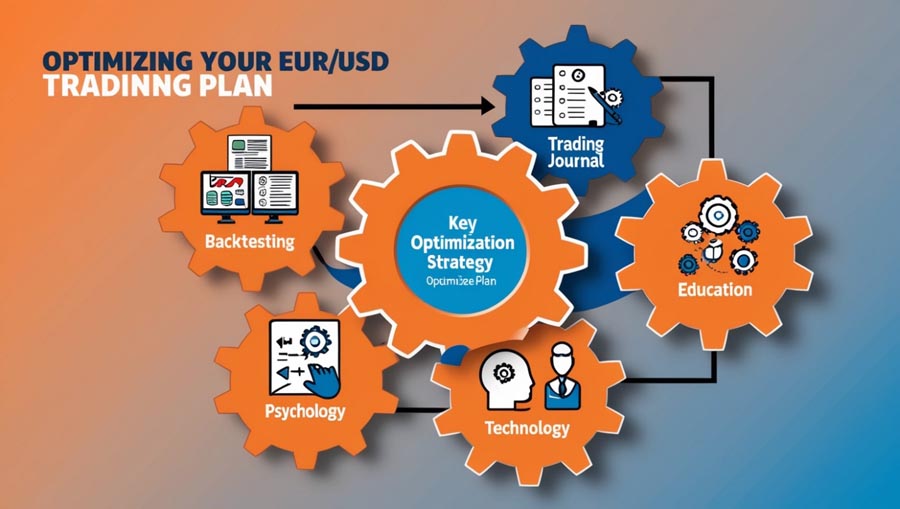
To maximize the effectiveness of your EUR/USD trading strategy, consider these tips:
1. Backtesting and Forward Testing
- Backtest your strategy on historical data to assess its performance.
- Forward test on a demo account before risking real capital.
- Keep detailed records of your results for continuous improvement.
Backtesting best practices:
- Use walk-forward optimization to avoid curve-fitting.
- Incorporate slippage and realistic spreads in your backtests.
- Test your strategy across different market conditions and time periods.
2. Develop a Trading Journal
- Document every trade, including entry/exit points, rationale, and emotions.
- Review your journal regularly to identify patterns and areas for improvement.
- Use journaling to refine your strategy and enhance discipline.
Journaling tips:
- Use a structured template to ensure consistent data collection.
- Incorporate screenshots and charts to visually document trades.
- Develop a scoring system to rate the quality of your trade executions.
3. Continuous Education
- Stay updated on EUR/USD market dynamics and economic factors.
- Attend webinars, read books, and follow reputable forex education resources.
- Network with other traders to share insights and learn new techniques.
Educational resources:
- Join professional trading communities and forums.
- Attend forex trading conferences and seminars.
- Consider obtaining relevant certifications (e.g., CMT, CFTe).
4. Psychological Preparation
- Develop a trading plan and stick to it religiously.
- Practice mindfulness to manage emotions during trading.
- Set realistic goals and avoid overtrading.
Mental preparation techniques:
- Implement visualization exercises to improve trading performance.
- Develop a pre-trading routine to get in the right mindset.
- Use cognitive behavioral therapy techniques to address trading-related anxiety.
5. Leverage Technology
- Use automated trading systems to backtest and execute your strategies.
- Implement algorithmic trading for consistent execution.
- Utilize trading journals and analytics software to track performance.
Advanced trading technology:
- Develop custom indicators and expert advisors (EAs) for MetaTrader.
- Explore machine learning algorithms for predictive analysis.
- Implement a cloud-based trading infrastructure for improved reliability.
Adapting Your Strategy to Market Conditions
The forex market is dynamic, and successful traders must adapt their strategies to changing conditions. Here are some tips for staying flexible:
1. Range-Bound Markets
During periods of consolidation:
- Focus on support and resistance trading.
- Implement mean reversion strategies like RSI oversold/overbought signals.
- Consider using options strategies like iron condors for range-bound profits.
2. Trending Markets
In strong trend environments:
- Emphasize trend-following strategies with moving averages.
- Use pullback entries to join established trends.
- Implement trailing stops to maximize profits in extended trends.
3. High-Volatility Environments
During periods of increased market volatility:
- Reduce position sizes to manage risk.
- Focus on shorter-term trading strategies.
- Consider using options for defined-risk exposure.
4. Low-Volatility Periods
In times of reduced market movement:
- Look for breakout opportunities from tight consolidations.
- Implement carry trade strategies to profit from interest rate differentials.
- Consider transitioning to other currency pairs with more active price action.
Building a Comprehensive EUR/USD Trading System
To create a robust trading system, combine multiple strategies and techniques:
- Trend identification using moving averages and ADX.
- Support and resistance trading with Fibonacci retracements.
- Breakout trading for momentum opportunities.
- Fundamental analysis for long-term bias.
- Sentiment analysis for contrarian signals.
- Multiple timeframe confirmation for entry and exit timing.
- Risk management rules for position sizing and stop-loss placement.
By integrating these elements, you’ll have a well-rounded approach to trading EUR/USD across various market conditions.
Conclusion
Mastering the best trading strategy for EUR/USD requires a combination of technical analysis, fundamental understanding, and disciplined risk management. By implementing the techniques outlined in this guide, you’ll be well-equipped to navigate the world’s most traded currency pair with confidence. Remember, successful trading is a journey of continuous learning and adaptation. Stay committed to your strategy, remain patient, and always prioritize capital preservation.
As you embark on your EUR/USD trading journey, keep refining your approach based on market conditions and your personal trading style. With dedication and consistent application of these strategies, you’ll be well on your way to achieving long-term success in the forex market. Start implementing these techniques today, and watch your EUR/USD trading results soar!
The forex market offers boundless opportunities, but it also comes with significant risks. By developing a comprehensive trading plan, staying informed about market dynamics, and maintaining strict discipline, you can maximize your chances of success in EUR/USD trading. Remember that no strategy is foolproof, and continuous improvement is key to long-term profitability.
As you progress in your trading journey, consider joining a community of like-minded traders to share ideas and experiences. Attend forex trading events, participate in online forums, and never stop learning. The world of forex is constantly evolving, and staying ahead of the curve is essential for sustained success.
Lastly, always remember that preserving your capital is paramount. No single trade should make or break your trading career. By focusing on consistent, small gains and managing your risk effectively, you’ll be well-positioned to achieve your long-term trading goals in the EUR/USD market and beyond. Happy trading!
How much capital do I need to start trading EUR/USD?
While you can start with a small account, it’s recommended to have at least $1,000 to $5,000 to trade EUR/USD effectively. This allows for proper position sizing and risk management. Remember, never risk more than 1-2% of your account on a single trade.
What are the best indicators for EUR/USD trading?
Some popular indicators for EUR/USD trading include:
Moving Averages (50 EMA, 200 EMA)
Relative Strength Index (RSI)
Moving Average Convergence Divergence (MACD)
Bollinger Bands
Stochastic Oscillator
However, the best indicators depend on your specific strategy and trading style. It’s essential to test different combinations and find what works best for you.
How can I manage drawdowns in my EUR/USD trading?
To manage drawdowns effectively:
Implement strict stop-losses on all trades.
Diversify your trading strategies and timeframes.
Reduce position sizes during losing streaks.
Take breaks to avoid emotional trading.
Regularly review and adjust your trading plan.
Remember, drawdowns are a normal part of trading. The key is to manage them effectively and protect your capital.
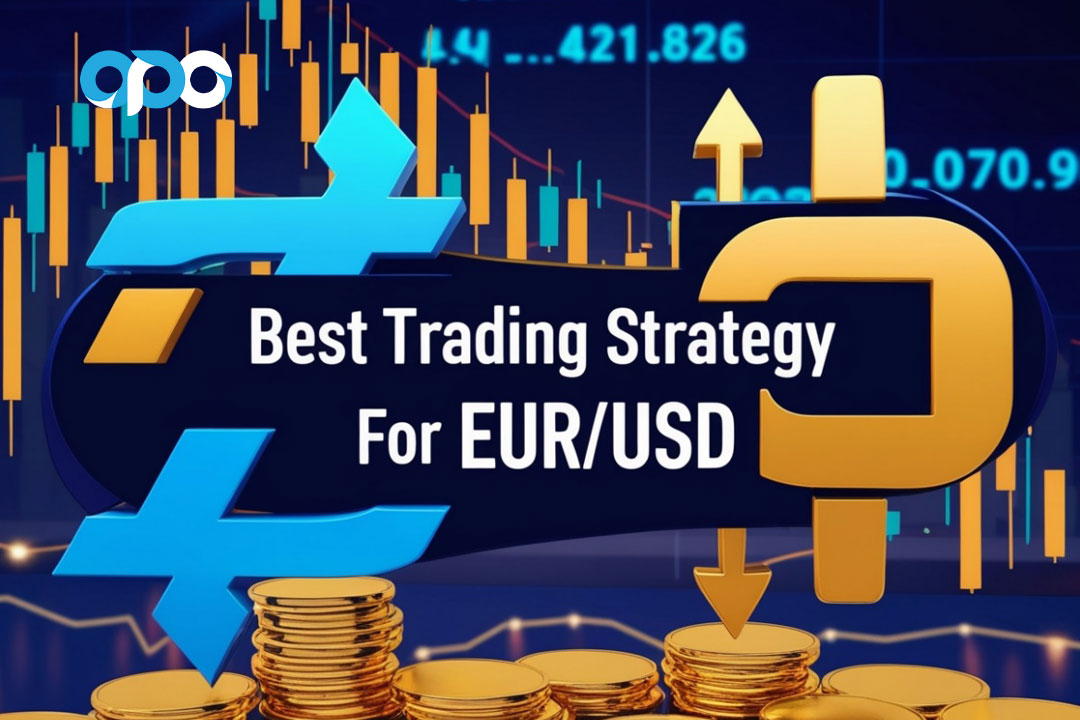

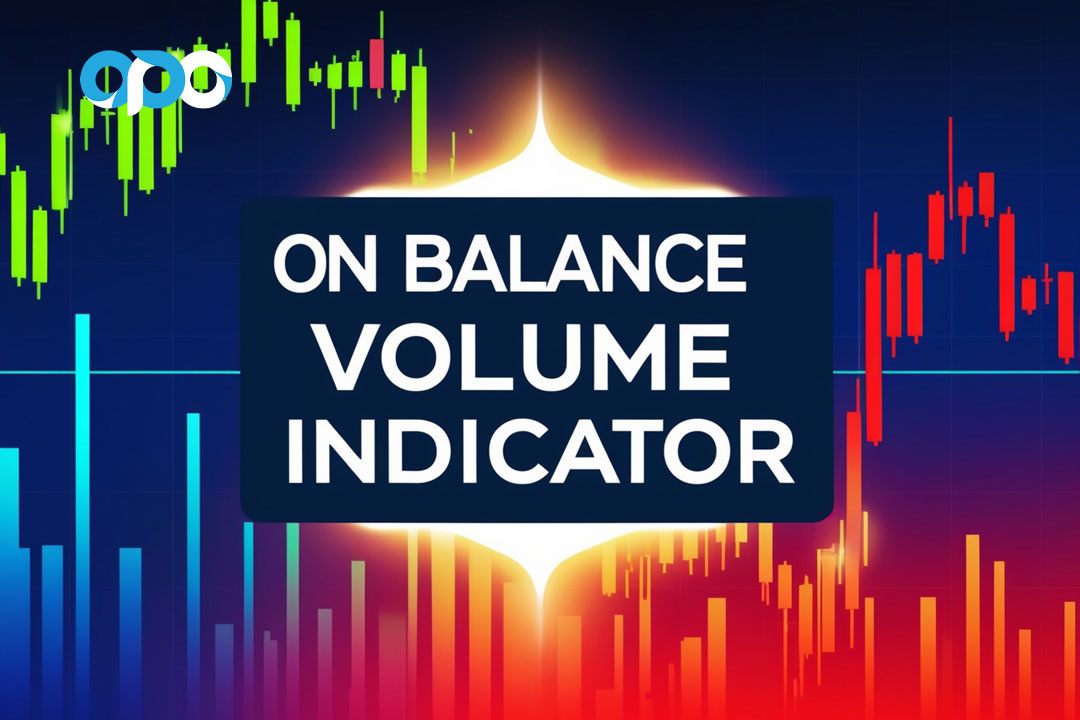
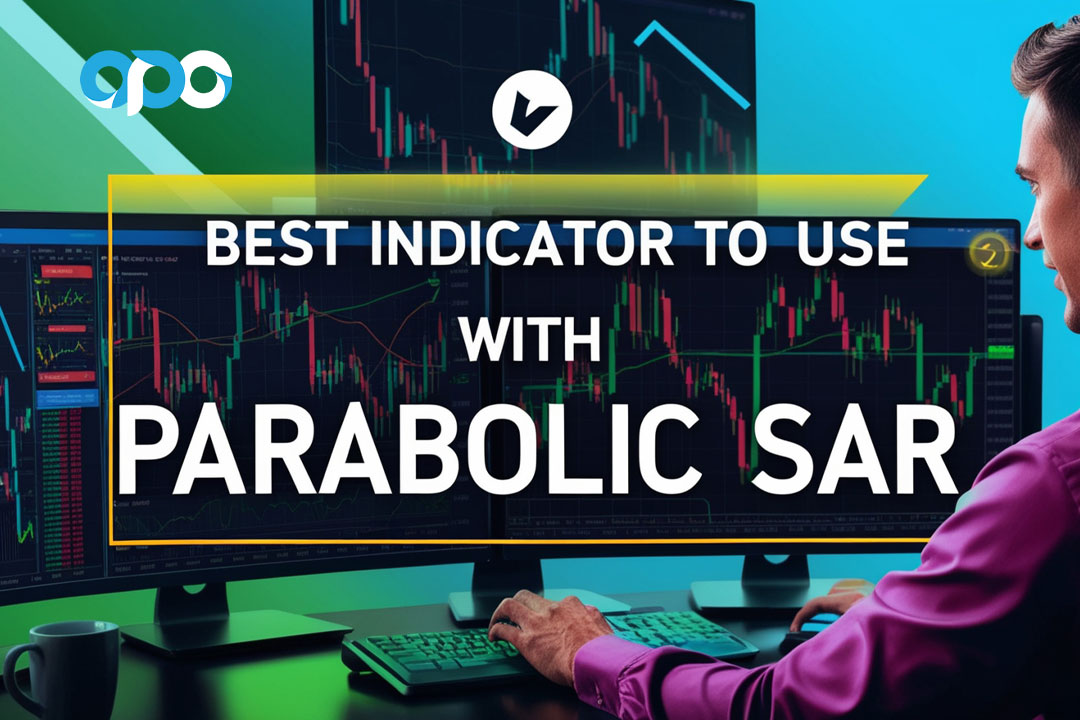
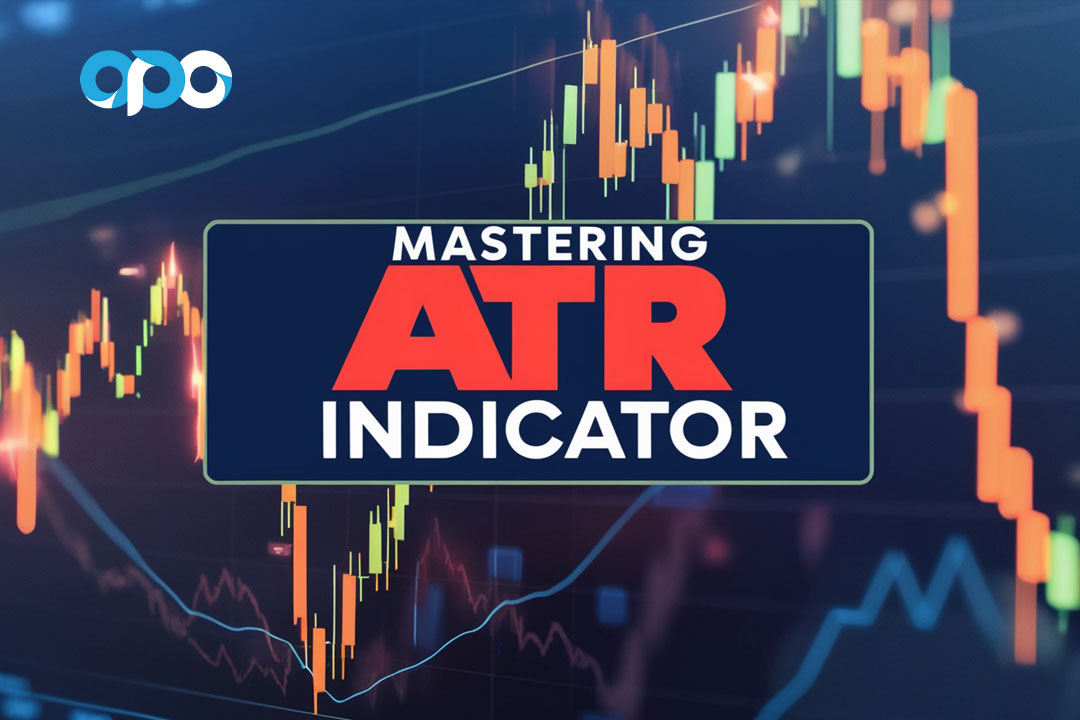
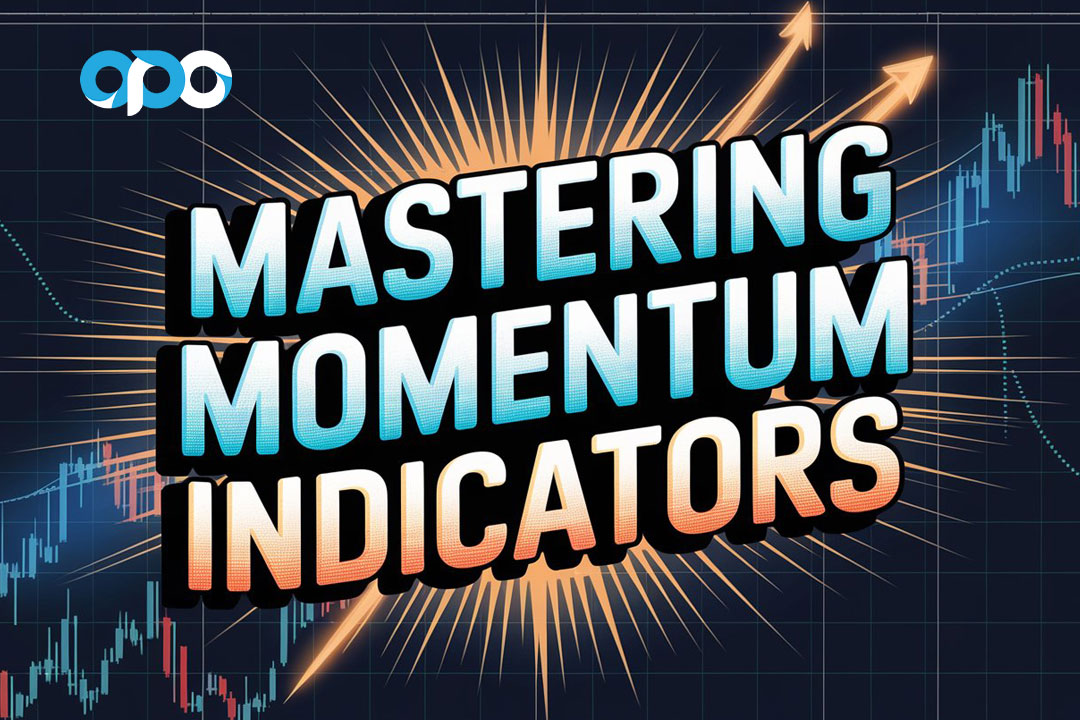
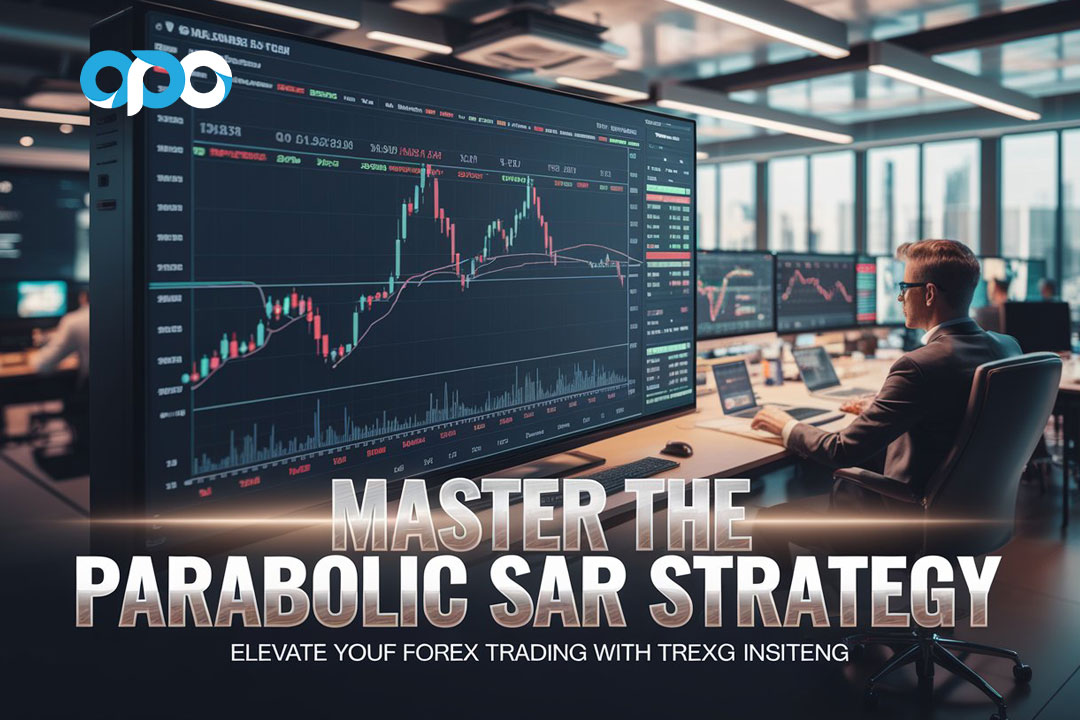
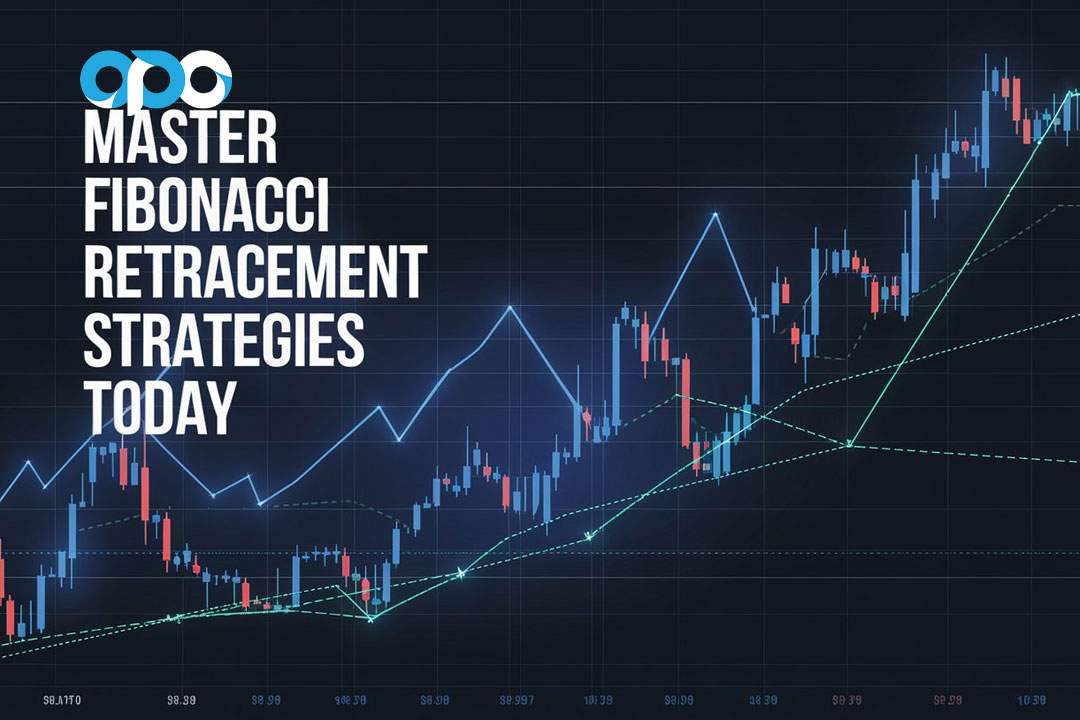

One Response
You could certainly see your skills within the paintings you write. The world hopes for even more passionate writers like you who aren’t afraid to say how they believe. Always follow your heart.